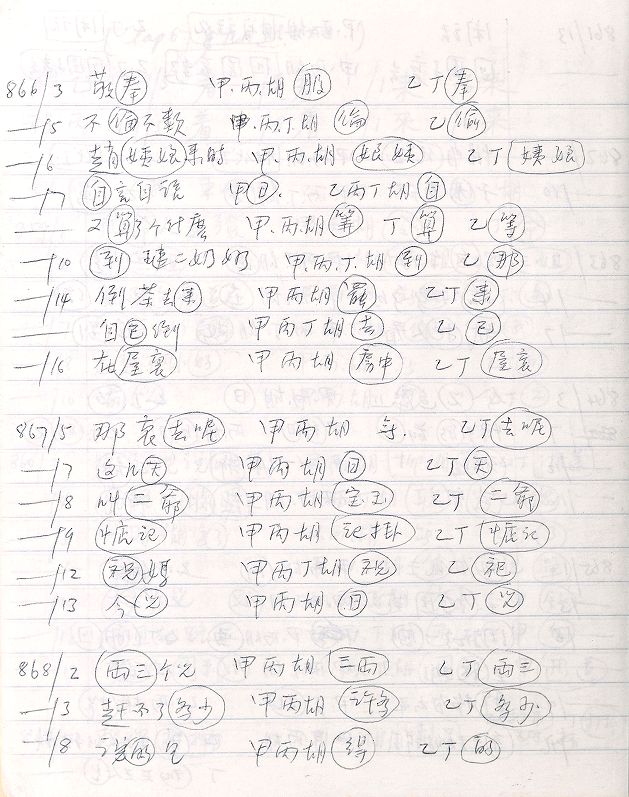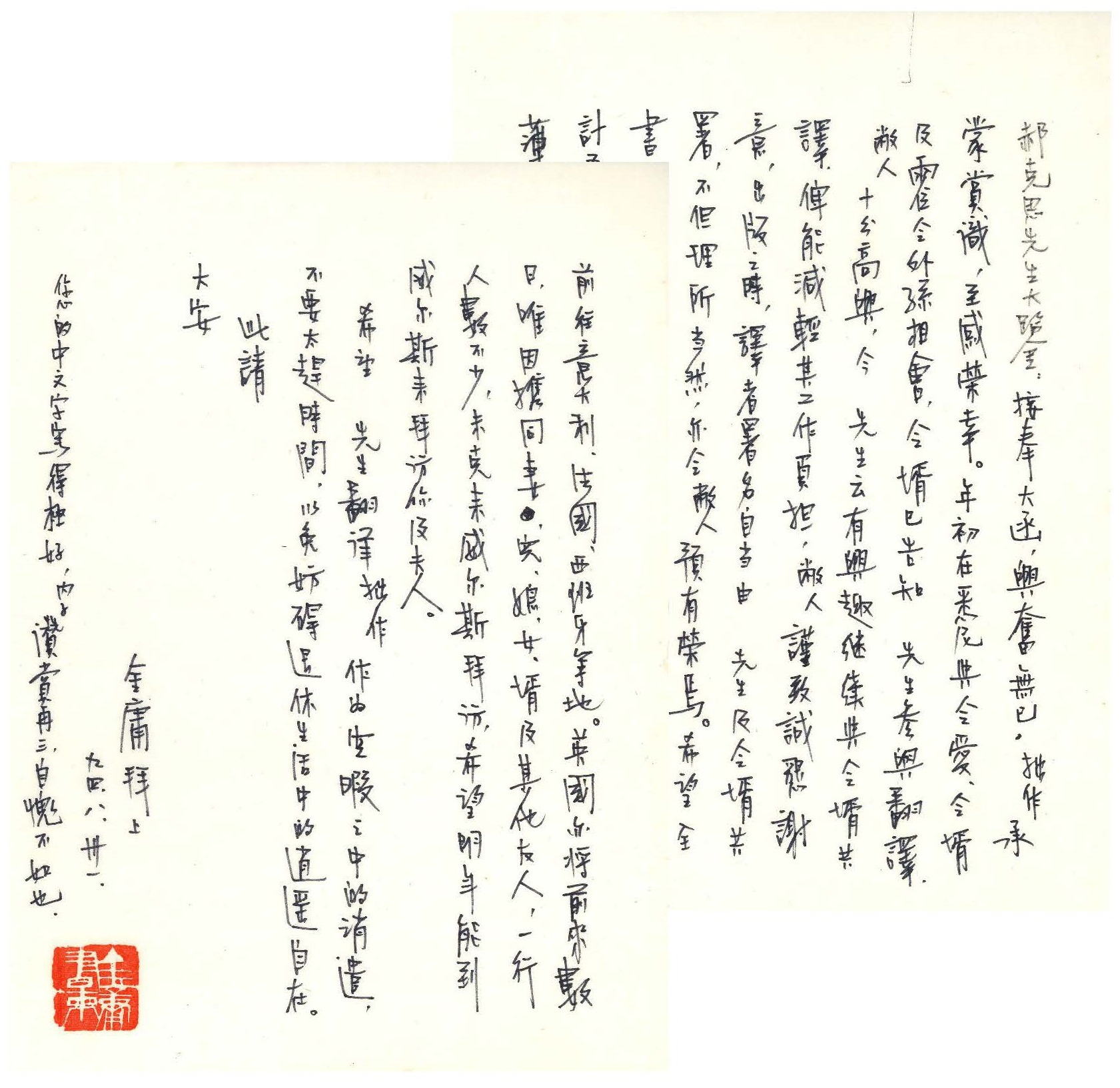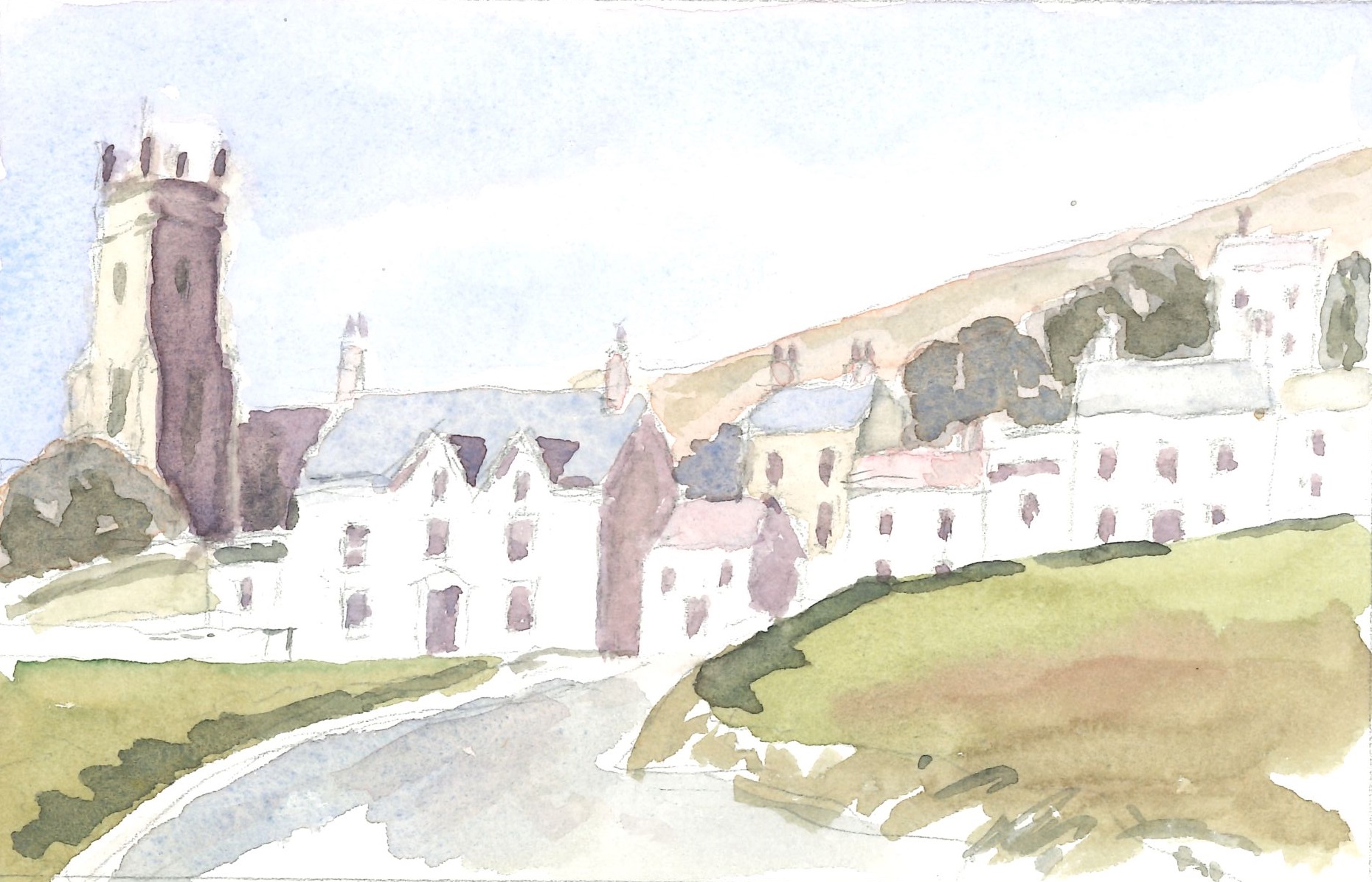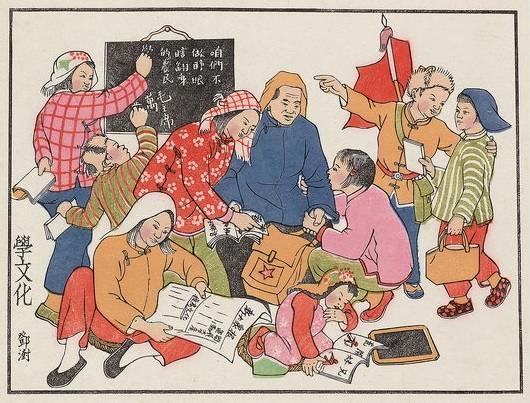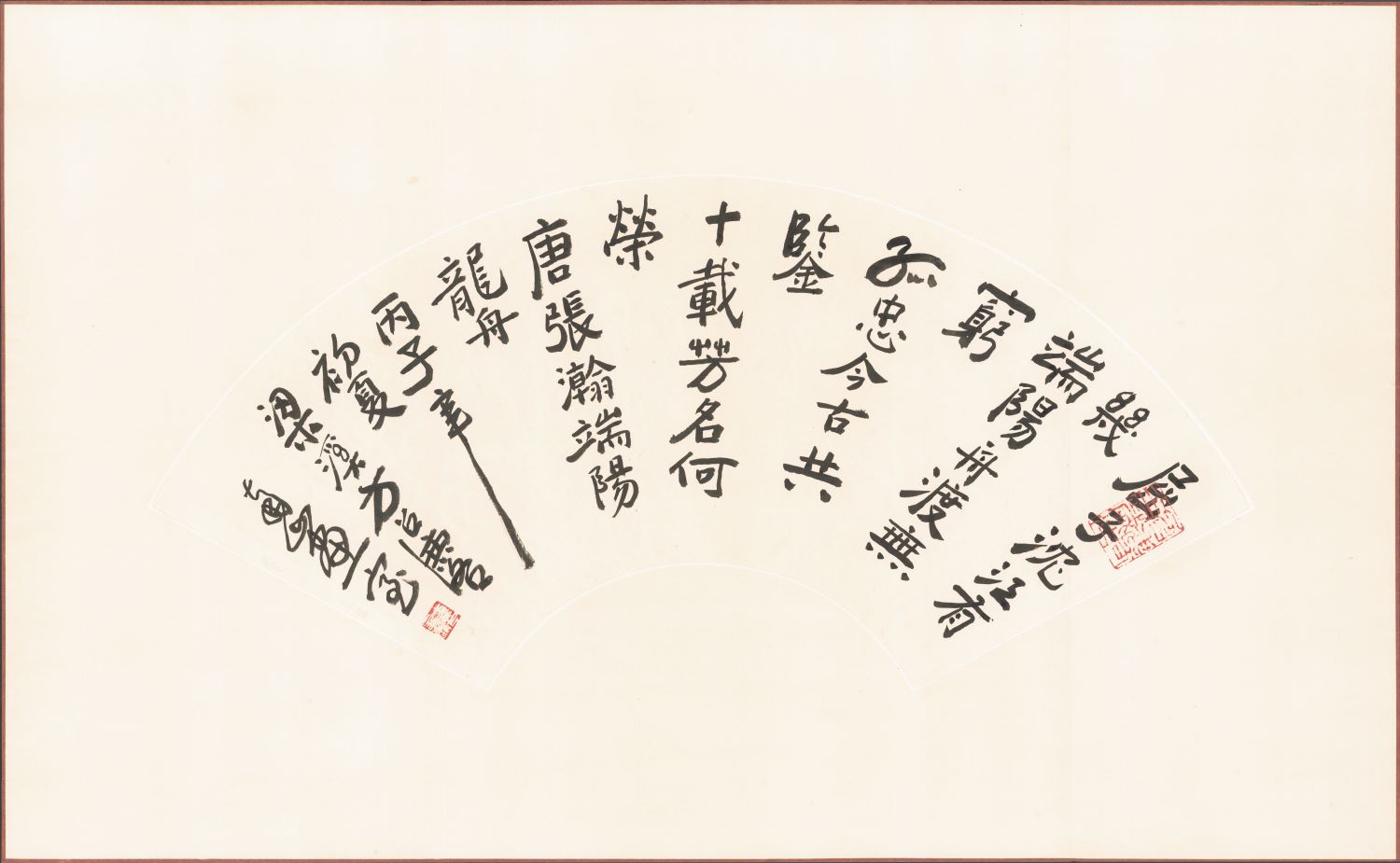|
||
|
||
|
| |||
| 02 NOV 2023 | ISSUE 14 | ||
|
| |||
| 3. Collections Spotlight – David Hawkes Archive | |
|
Professor David Hawkes (1923–2009) was a renowned British Sinologist who was well regarded for his masterful translations of Chinese literature. He studied Chinese at the University of Oxford from 1945 to 1947 and was a research student at the then National Peking University from 1948 to 1951. In 1951, he left China and returned to Oxford, where he completed his doctoral dissertation. He was appointed Professor of Chinese at Oxford in 1959. Hawkes’ most significant achievement as a translator is The Story of the Stone (also known as the Dream of the Red Chamber), a work to which he fully devoted himself, even resigning from the post of Professor of Chinese in 1971 to focus on the project. His other translation works, such as The Songs of the South and A Little Primer of Tu Fu, are also authoritative studies and translations of Chinese classical literature. After Hawkes’ death, as his Literary Executor, Professor John Minford donated Hawkes’ papers to CUHK Library in 2011 and set up the David Hawkes Archive. The priceless original manuscript of his Stone translation, which had been bought many years earlier by the Research Centre for Translation, joined the Archive in 2013. This inspiring Archive, with its rich array of manuscripts, correspondence and other precious items, is an enduring source of inspiration to translation students at the University and around the world. Some of the highlights of the David Hawkes Archive are highlighted below. The Story of the Stone Manuscript Translation manuscripts often reveal the thoughts and emotions of the translator, and hence record the translator’s journey in tackling the challenges of translation. Traces of the editing process are easily distinguishable in Hawkes’ manuscript of The Story of the Stone, and scholars, students, translators and lovers of literature can study when, how and why certain translation decisions were made and witness first hand how the great Chinese classic gradually came alive in another language. 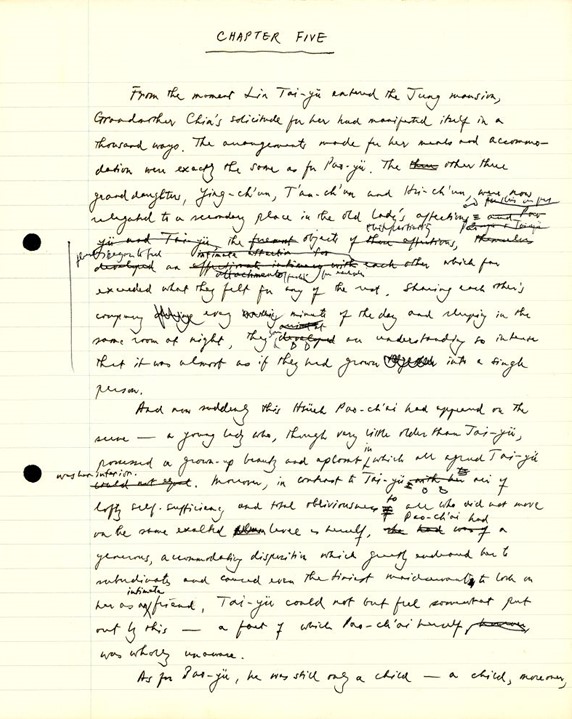 Handwritten Notes Hawkes’ translations have set the highest standard for the art of translation, as they are based on his comprehensive and in-depth research into Chinese literature from pre-Qin to modern times. His meticulous efforts are reflected in the notes preserved in the Archive. For instance, from the translator’s notes of The Story of the Stone we can see how Hawkes compared the texts of different versions of Stone one by one, and how he also analysed the various views of scholars on these versions. His notes on Yuan Zaju contain English abstracts of the dramatic repertoire and related bibliography. Reading the notes, we are impressed not only by Professor Hawkes’ erudition and diligence but also by his beautiful Chinese handwriting. 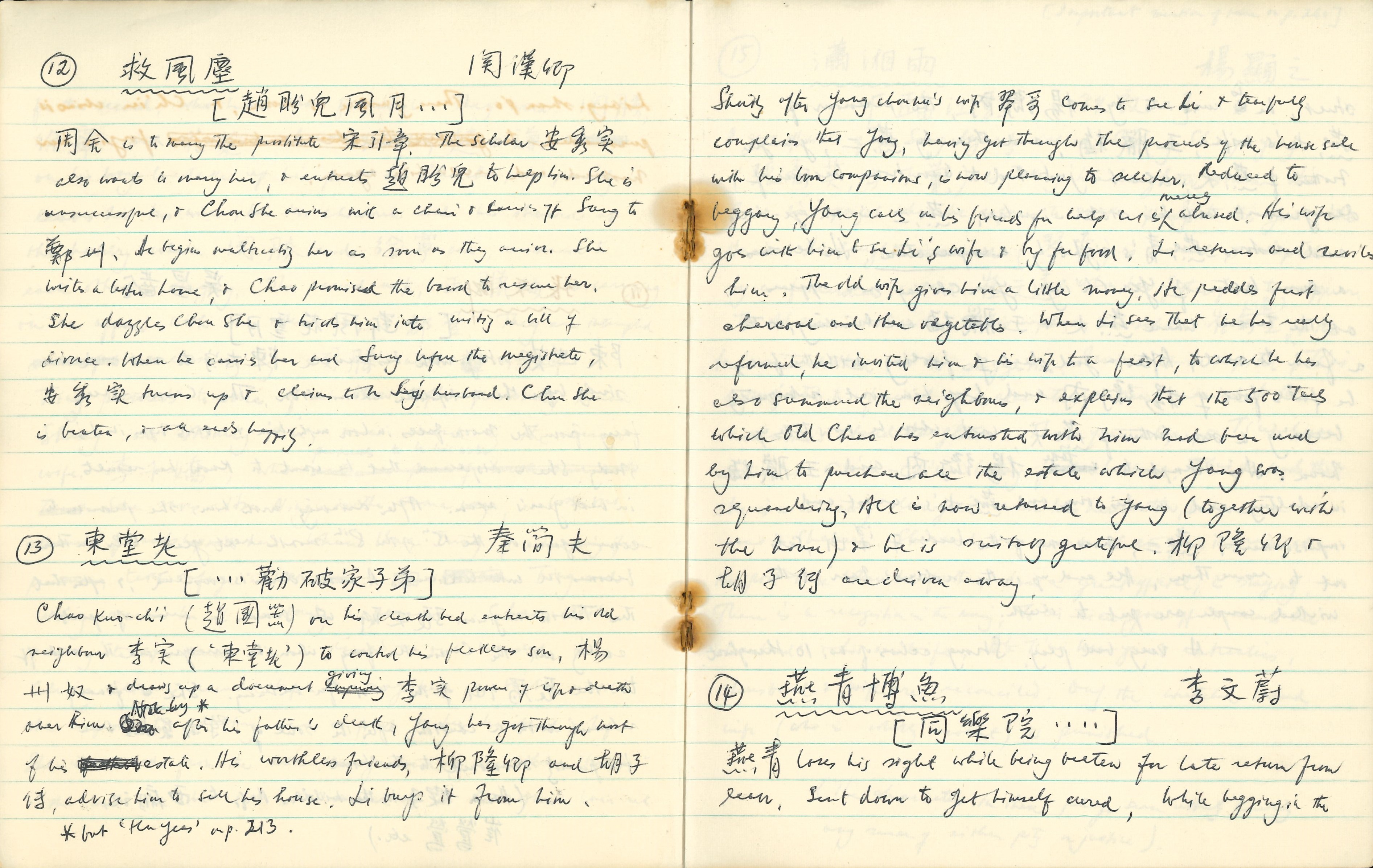 Correspondence
|
|
| Back to Issue | |
|
Past Issue
| |
|
|
|
|
|




